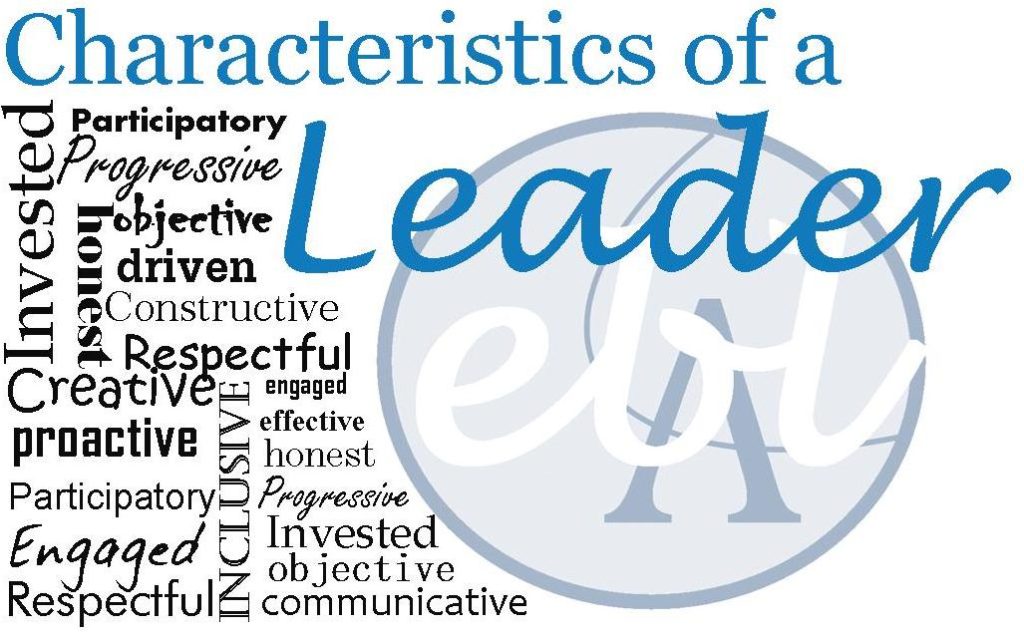Podcast: Play in new window | Download (Duration: 16:29 — 22.7MB) | Embed

Because people do not mind change, they resist being changed I want to look at some insights on this thought.
People feel awkward and self-conscious doing something new – Let’s face the truth, we are more comfortable with old problems than we are with new solutions.. New solutions represent the unknown.
Author Marilyn Ferguson stated that it is not that we are afraid of change or so in love with the old ways rather, it is the place between these two points that we fear.
People focus upon what they initially will give up – Isn’t this natural? When we see change coming, our first question is what is this going to cost me or what will I have to give up? The truth of the matter is that for everything you gain you lose something (Ralph Waldo Emerson).
Leadership is more about helping people get over their fear of losing something that they will forego anything new – even progress. While everyone is different in this regard I feel that history and circumstance impacts here in a big way. Some people are hoarders and other people throw away things when they are not needed. Truthfully, baggage can have a negative impact. Why not let it go?
Bill Gates stated once that he recognized their products were going to become outdated. For him the only question was are we going to replace ourselves with something better or will someone else do it for us? Peter Drucker suggested that companies review every product they offer every three years and ask WHY?
People are afraid of being ridiculed – Being mocked or ridiculed can be a deterrent to change. The greatest illustration of the power of being ridiculed or afraid is Wilt Chamberlain and his experiment with underhanded free throw shooting. Rick Barry who was an 89% free throw shooter mastered the underhand technique. On March 2, 1962 Chamberlain did something that has not been repeated he scored 100 points in a single game – 28 of those points came from his underhand technique. However, Chamberlain went back to his old ways of shooting and lived out his career as a poor free-throw shooter. He would say that he just could not pull himself to stay with the new way – he felt like a sissy.
People personalize change and may feel alone in the process – John Maxwell at the age of 27 developed his “PLANAHEAD” acrostic that is quite useful on this insight.
Predetermine the change that is needed
Lay out your steps
Adjust your priorities
Notify key people
Allow time for acceptance
Head into action
Expect problems
Always point to the successes
Daily review your progress
The greatest enemy of tomorrow’s success is yesterday’s success!
LINKS
Shepherds Advantage Leadership Podcast is now on iTunes – SUBSCRIBE
Shepherds Advantage Leadership Podcast is now on Stitcher – SUBSCRIBE
FREE GIFT – “The Black Line Paradigm” – Click on the icon at the bottom of the page
Executive Coaching Service– Private message me for details on this customizable service
Developing The Leader Within You 2.0
Q&A – Contact me at ShepherdsAdvantage@gmail.com
Music: “Gratitude Mood” by David Arivett. You can learn more about his music by clicking on his name. THANKS DAVID!






